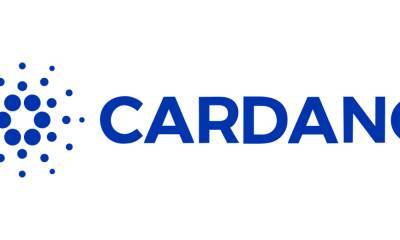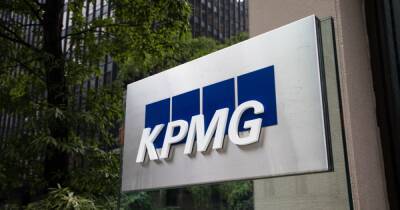Ethereum price holds above $3K but network data suggests bulls may get trapped
When analyzing Ether's (ETH) price chart, one could conclude that the 3-month long bearish trend has been broken for a few reasons. The current $3,100 price range represents a 43% recovery in 15 days and, more importantly, the descending channel resistance was ruptured on Feb. 7.
Should Ether bulls start celebrating and calling for $4,000 and higher? That largely depends on how retail traders are positioned, along with the Ethereum network's on-chain metrics. For instance, is the $30-plus transaction fee impacting the use of decentralized applications (dApps), or are there any other factors that will prohibit Ether's price growth?
Since the 55.6% correction from the $4,870 all-time high to the cycle bottom at $2,160 on Jan. 24, Bitcoin (BTC) has failed to break the $45,500 resistance and traders concluded that a 12% correction was the most likely scenario.
On a brighter note, on Feb. 7, Big Four auditor KPMG's Canadian wing announced the addition of Bitcoin and Ether to its corporate treasury. The decision reflects KPMG Canada's belief that cryptocurrencies are a "maturing asset class," according to Benjie Thomas, a managing partner for the firm.
To understand how confident traders are about Ether's price recovery, one should analyze the perpetual contracts futures data. This instrument is the retail traders' preferred market because its price tends to track the regular spot markets.
In any futures contract trade, longs (buyers) and shorts (sellers) are matched at all times, but their use of leverage varies. Consequently, exchanges will charge a funding rate to whichever side demands more leverage, and this fee is paid to the opposing side.
This indicator will tell us whether retail traders are getting excited, which would
Read more on cointelegraph.com





















